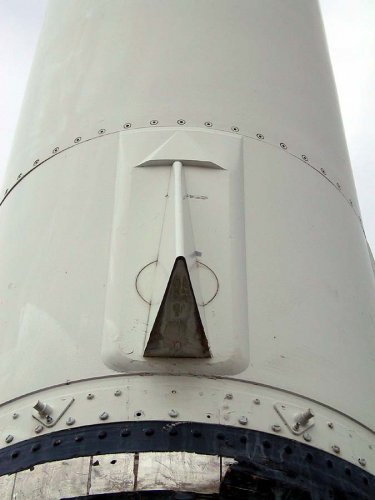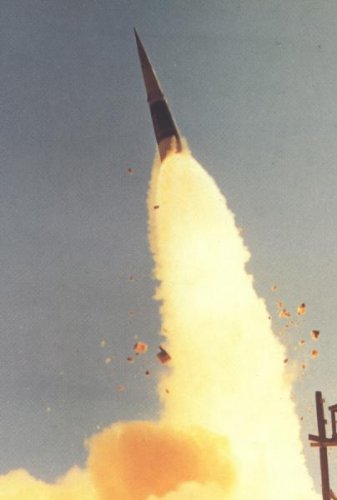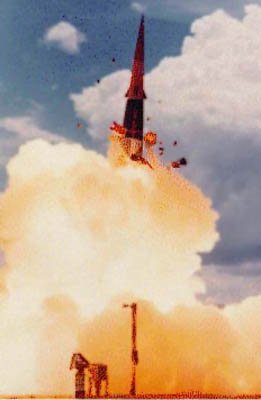bobbymike said:
sferrin - the Sprint has incredible acceleration (needed obviously for RV endgame interception). I saw a news report in the 80's during the SDI debate showing historic footage of a Sprint launch, amazing fast burn energetics!
Now today if you go to the Aerojet website they show their Roadrunner rocket used to propel objects to very high speed to simulate intercepts (it was the Roadrunner, I believe that broke the rocket sled record) Anyway I have always had an interest in energetics and was curious as to what level of g's Sprint experienced and what it final speed was?
It was Roadrunner. I've often thought they could make a pretty interesting missile with it but maybe militarizing it would make it lose some ISP.
“It” was the final stage of a four-stage sled train, which included the sled, a Super Roadrunner rocket motor, and a 192-pound payload on top. The sled train delivered the payload into a target at a velocity of 9,465 feet per second, or 6,453 mph.
The record-breaking sled test, conducted in April 2003 at Holloman Air Force Base, N.M., broke the previous world record established in 1982. During the latter sled test, also conducted at Holloman’s High Speed Test Track, the sled train traveled at 8,974 feet per second – that’s 6,119 mph – with a 25-pound payload.
“The primary objective of the sled test was to validate the Super Roadrunner sled train at the maximum attainable speed,” said Dr. Jay Lilley, government program manager for Super Roadrunner, and chief of the Propulsion Technology Function, Propulsion and Structures Directorate, U.S. Army Aviation and Missile Research, Development and Engineering Directorate, Redstone Arsenal, Ala. “It was over before you even heard it, just some sonic booms and explosions. It was kind of unreal.”
The Super Roadrunner motor developed specifically for the Hypersonic Upgrade Program produced 228,000 pounds of thrust for 1.4 seconds and weighed only 1,100 pounds.
The maximum acceleration of the sled was 157-g’s, or 157 times the force exerted by gravity. When the payload impacted the target, it had 363 mega joules of energy – that’s equal to a car impacting a brick wall at 2,020 miles per hour.
“We developed the technical requirements, and we continue to monitor the contract work,” Lilley said. “We conducted the analyses and validated the performance of ARC’s predictions. And we did a lot of work on the composite rocket case. Our two main efforts were the in the areas of propulsion technology and aerospace materials. We’re in the production mode now, and it’s operational. We are still doing quality control on rocket propellant to determine the burn rate of the propellant.“
He noted that these new capabilities will be used on an upcoming missile defense warhead test program, since Holloman’s High Speed Test Track is the only ground test facility that can achieve the speed and payload combinations to simulate full-scale intercepts of missile defense systems.
“We will continue to push the boundaries of state-of-the-art technologies,” Lilley said. “The Super Roadrunner rocket motor is certainly a superior motor, and it combines most of what we know about the state-of-the-art in solid rocket propulsion. However, the end product is always to deliver a payload on a target, at a specific velocity, at a precise location. And records are meant to be broken, aren’t they?”















